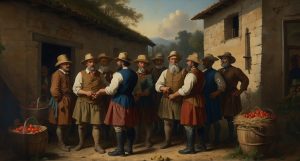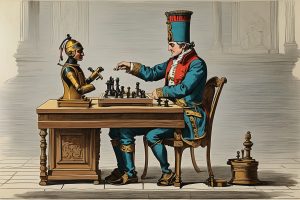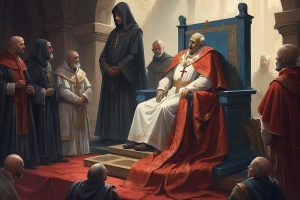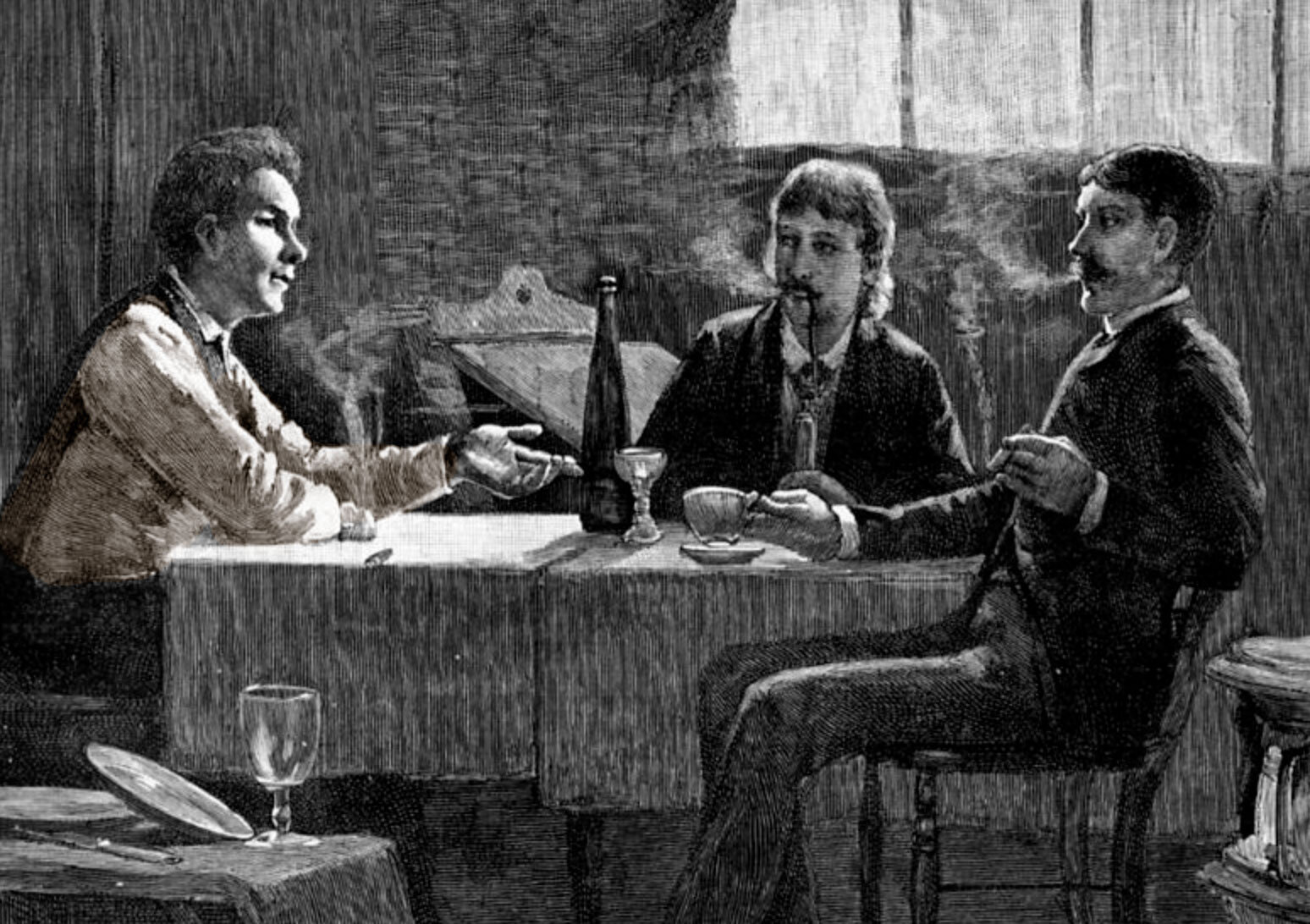
If there is a turning point that changed the course of humanity, it was Isaac Newton's revelation of the force of gravity. From this finding, many natural phenomena made sense. Newton's discovery made it possible to explain with great accuracy the most diverse phenomena and to catapult technological development in all areas: from the apparently simple movement of the pendulum of a clock, to supreme achievements of the human race such as the launching of the first space rockets and the arrival of man on the moon.
It is true that gravity was discussed before Newton, but it was the latter who explained its nature and was able to demonstrate its mathematical formula; In addition to revealing that it was the same force that made an apple fall from its tree always vertically, which made the moon rotate around the earth.
Newton's genius was at odds with his personality, somewhat difficult to understand for many. He was a reserved and somewhat sullen man; He had reflected on the gravity alone and, although it seems inexplicable, he had no intention of telling anyone ... in fact, we would never have found out, had it not been for a fortuitous meeting of friends that ended in a singular bet.
The story that I will tell you next is documented in an old book that I found called Memoirs of the Life, Writings and Discoveries of Sir Isaac Newton, published in 1860. The story has been completed with references found in other works and even letters handwritten by Newton himself and which are currently part of the archives of the Royal Society, the oldest scientific society in the United Kingdom.
- or -
It was a cold winter night in January 1684, and three friends had gathered for dinner at a London restaurant. They were not ordinary people, in reality it was an unusual meeting between three of the most brilliant men of science of that Europe of the seventeenth century: Edmond Halley, Christopher Wren and Robert Hooke.
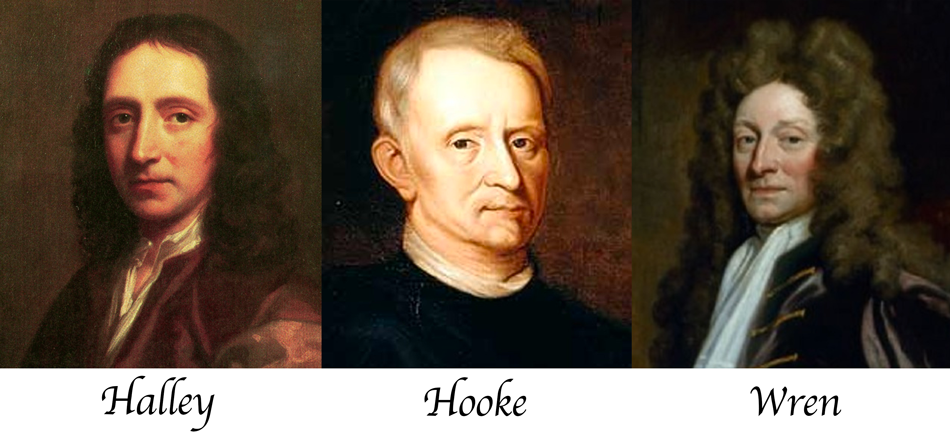
Who were Halley, Hooke and Wren?
Hooke had recently gained fame as a biologist, being the first person in history to observe a cell - in fact, it was he himself who coined the term we now use. But on the day of the meeting he was obsessed by another diametrically opposite scientific issue: gravity. He had given a lecture at the Royal Society in London entitled: On Gravity and he had anticipated that the force of gravity decreases with distance. As we can see, the apple of gravity fell when ripe, but no one could explain it exactly.
Halley was the youngest of the three, but despite his youth, his reputation as an astronomer had already begun to develop. Several months before the aforementioned dinner in London, he was obsessed with the idea of gravity and tried to relate it to the laws of the movement of the planets that the German Johannes Kepler had discovered years before. He had collected a great deal of information from his astronomical observations. He was excited to be able to demonstrate the veracity of Kepler's claims with measurements. Halley was in the right direction for the great gravity find, but he still couldn't solve the problem mathematically.
On the other hand, Wren already had a very active life in the field of architecture. His buildings rose up all over London and of the three characters, he was the one who led a more comfortable financial life. Few know his passion for science, as he is best known for being one of the most important architects of all time and who was entrusted with the reconstruction of much of London's buildings after the Great Fire of 1666. His passion for astronomy was not only a hobby, but he even became a full professor of astronomy at the University of Oxford and, like the others, he was willing to unravel the secrets of gravity.
The bet
The conversation that night focused on the movement of the planets and their elliptical orbit. They were trying to explain why the planets rotated in this particular way. Hooke had concluded that gravity was related to the inverse square of distance, but everyone wanted to know if he could prove it mathematically. Hooke. that he was somewhat conceited, he boasted of knowing the answer to the enigma but refused to tell it to maintain the suspense.
In the end, Wren decided to launch the challenge: 40 shillings (just under $ 2,000 today) to anyone who could mathematically demonstrate the nature of that invisible force that attracted the planets. This would no doubt encourage everyone to solve the puzzle and help loosen Hooke's tongue as well, in case Hooke knew anything; but Hooke only said that he was going to keep them intrigued for a while longer, just for sheer pleasure.
From that night on, Halley tied her head in knots trying to prove the matter mathematically. He only came up with a particular solution, but could not find a general proof. He searched for the solution for months, day and night, until he came up with a new approach to solving the problem. Go to the crazy Newton and ask him if he had any clues. At the time, Newton was rumored to be a mathematical genius.
Halley is said to have set out from London to Cambridge one morning in August 1684 and met Newton on a bench in the gardens of the prestigious university.
Isaac Newton enters the scene
(To be continue)…
